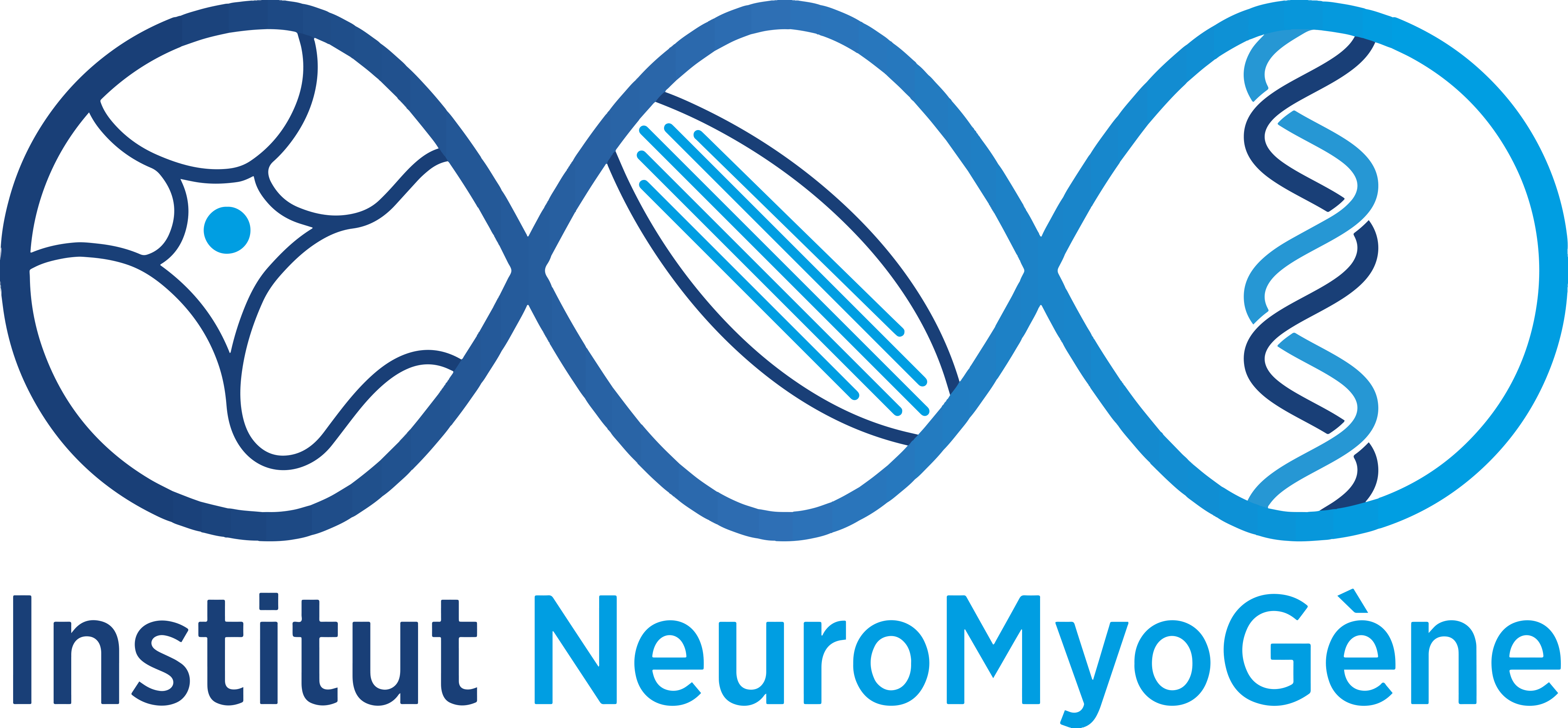https://doi.org/10.1007/s00401-022-02475-8
Severe congenital myasthenic syndromes caused by agrin mutations affecting secretion by motoneurons
Arnaud Jacquier1,2 · Valérie Risson1 · Thomas Simonet1,2 · Florine Roussange3 · Nicolas Lacoste1 · Shams Ribault1,4 ·
Julien Carras1,2 · Julian Theuriet1,2 · Emmanuelle Girard1 · Isabelle Grosjean1 · Laure Le Goff2 · Stephan Kröger5 ·
Julia Meltoranta5 · Stéphanie Bauché6 · Damien Sternberg6,7 · Emmanuel Fournier6,8,9 · Anna Kostera‑Pruszczyk10 ·
Emily O’Connor11 · Bruno Eymard6,8 · Hanns Lochmüller11 · Cécile Martinat3 · Laurent Schaeffer1,2
Abstract
Congenital myasthenic syndromes (CMS) are predominantly characterized by muscle weakness and fatigability and can be
caused by a variety of mutations in genes required for neuromuscular junction formation and maintenance. Among them,
AGRN encodes agrin, an essential synaptic protein secreted by motoneurons. We have identified severe CMS patients with
uncharacterized p.R1671Q, p.R1698P and p.L1664P mutations in the LG2 domain of agrin. Overexpression in primary
motoneurons cultures in vitro and in chick spinal motoneurons in vivo revealed that the mutations modified agrin trafficking,
leading to its accumulation in the soma and/or in the axon. Expression of mutant agrins in cultured cells demonstrated
accumulation of agrin in the endoplasmic reticulum associated with induction of unfolded protein response (UPR) and
impaired secretion in the culture medium. Interestingly, evaluation of the specific activity of individual agrins on AChR
cluster formation indicated that when secreted, mutant agrins retained a normal capacity to trigger the formation of AChR
clusters. To confirm agrin accumulation and secretion defect, iPS cells were derived from a patient and differentiated into
motoneurons. Patient iPS-derived motoneurons accumulated mutant agrin in the soma and increased XBP1 mRNA splicing,
suggesting UPR activation. Moreover, co-cultures of patient iPS-derived motoneurons with myotubes confirmed the deficit
in agrin secretion and revealed a reduction in motoneuron survival. Altogether, we report the first mutations in AGRN gene
that specifically affect agrin secretion by motoneurons. Interestingly, the three patients carrying these mutations were initially
suspected of spinal muscular atrophy (SMA). Therefore, in the presence of patients with a clinical presentation of SMA but
without mutation in the SMN1 gene, it can be worth to look for mutations in AGRN.

